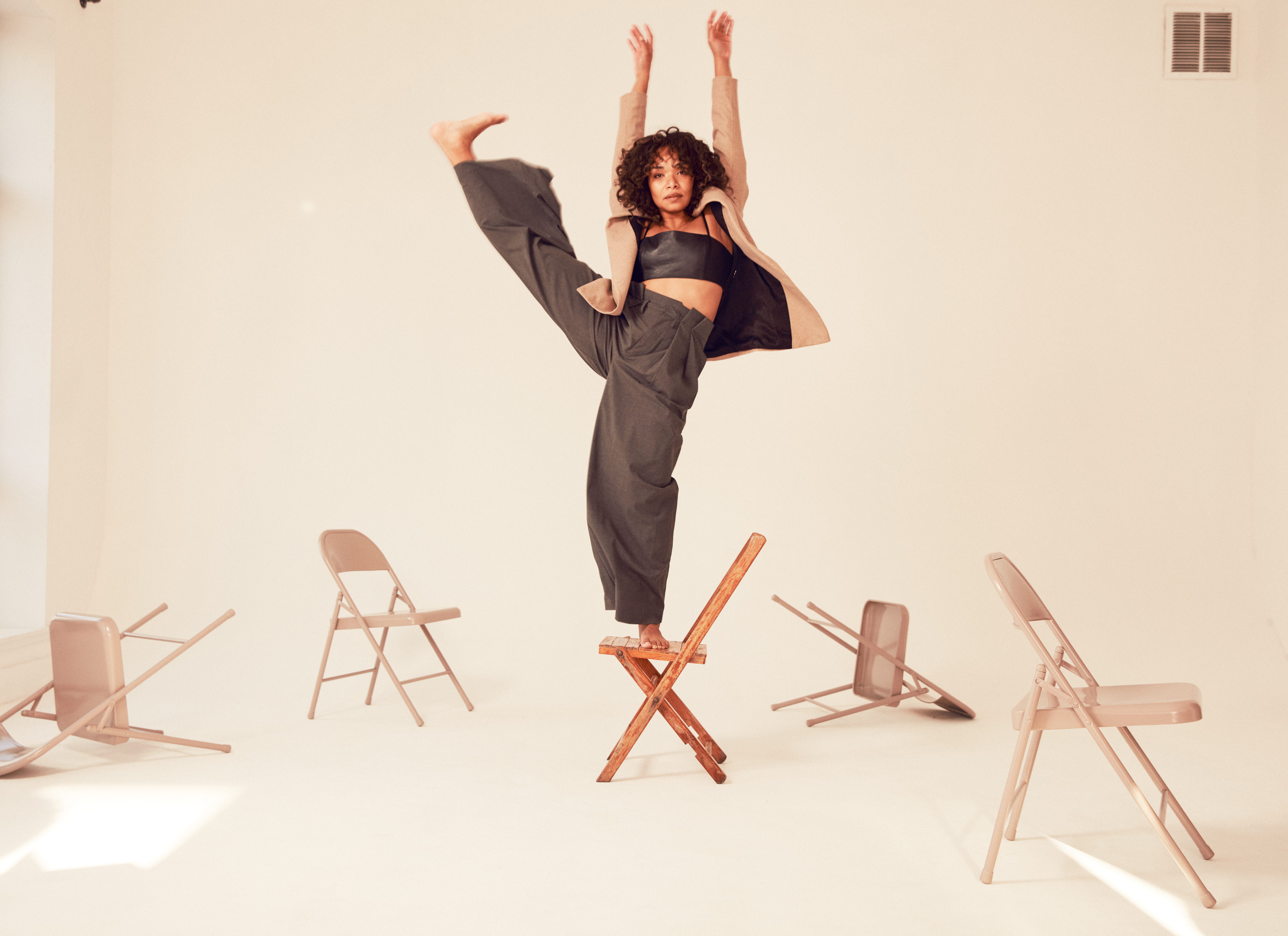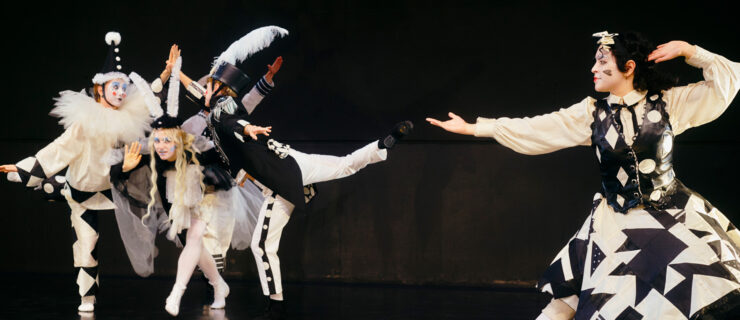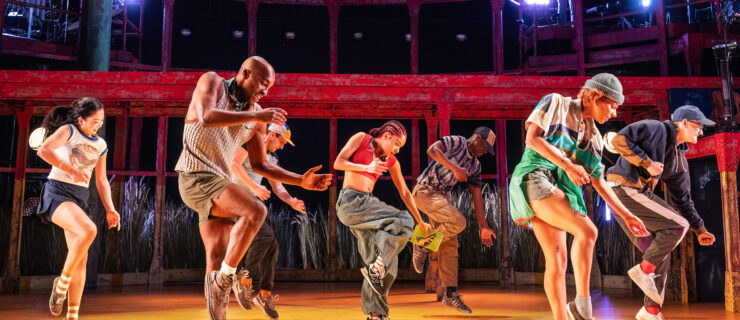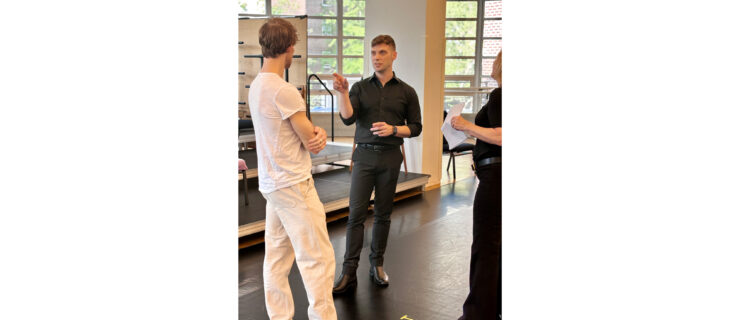How Choreographer Mayte Natalio Tailors Her Approach to the Artists in the Room With Her
Mayte Natalio’s ability to understand the energy of a room has made her a go-to choreographer for cultivating inclusive, welcoming environments for performers of all kinds. Her background in concert dance—she attended LaGuardia High School of Music & Art and Performing Arts and SUNY Purchase, then danced with Parsons Dance, Camille A. Brown, and many others—fostered a unique sense of athleticism, rhythm, and versatility in her choreography.
Natalio has joined the teams of operas and immersive productions, choreographed the hit Pyer Moss Couture fashion show in 2021, and led the movement vision of multiple new musicals. Following her 2022 role as associate choreographer on Broadway’s for colored girls who have considered suicide / when the rainbow is enuf, this month her own choreography hits Broadway in How to Dance in Ohio, a story of seven autistic young adults preparing for a spring formal.
For Natalio to effectively work with different types of artists—from professional dancers to actors with little to no movement experience—she’s had to fine-tune her communication skills and develop a clear way to make everyone feel safe to explore.
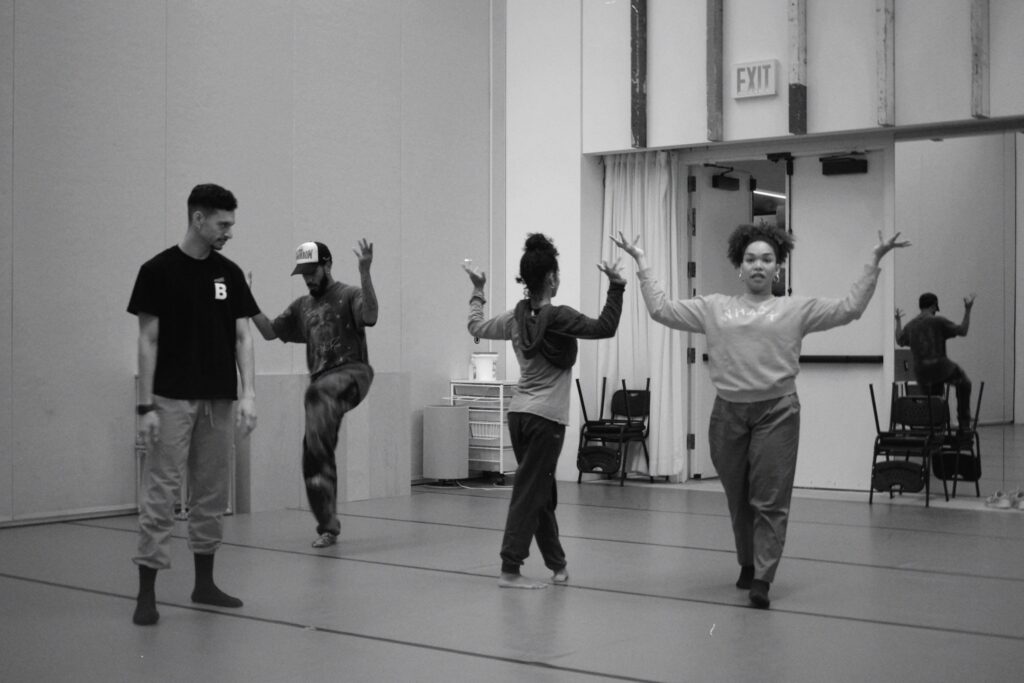
I always want to make the company feel like I’m one of them, that we are peers, and that I’m learning from them just as much as they’re learning from me. Even though I may be the one in the front of the room, their voices are just as important as mine. I want them to feel comfortable honestly expressing what feels good and what doesn’t. That doesn’t necessarily mean I’ll change something every time there’s an opinion about it, but I might be able to teach it differently or make a modification.
When I’m initially generating new material, there’s room to make mistakes and for things to be muddy. But when it’s time to teach choreography to a new group of people in a rehearsal process, I need to come in with clarity. My tendency is to move quickly, but the key is to slow down, teach steps in small chunks, and have patience while going over it multiple times.
I pride myself on pushing people to step out of their comfort zones and do things they wouldn’t normally do. But for that to happen, they have to feel safe and not judged. I try to avoid comparing performers to one another or singling people out to demonstrate, because that can lead to unnecessary self-consciousness or even stunt someone’s personal breakthrough.
Working with actors has definitely made me a better storyteller. Actors need a reason. If they’re invested in their character, they need to know why they’re doing something. So it creates a beautiful opportunity for me to lean into that and not just teach steps, but teach the intention behind them. If I can tie the choreography to the story or to a particular emotion, it helps the actors find texture and dynamics in their movement.
I can tell when things are landing, when things are not, when I’m losing people. I can tell when we need to go over a step again, and I can also tell when something is becoming stale and we need to switch gears. I try to learn how each person receives notes and adjustments most successfully—one artist welcomes a lot of notes, I might need to whisper them to another, and someone else might get overwhelmed quickly and I recognize when they’re at capacity.
I like rigor, I like hard work. I like to drill and push and make people sweat, that’s all good. But it’s important to pair that with humor and levity. We can’t always be too serious!
In all genres, you’re going to get great performances when the people onstage are proud of what they’re doing. As the choreographer, sometimes I need to sacrifice a move I thought was fierce in order to be more mindful of what the performer is actually best at. It’s a collaboration.
